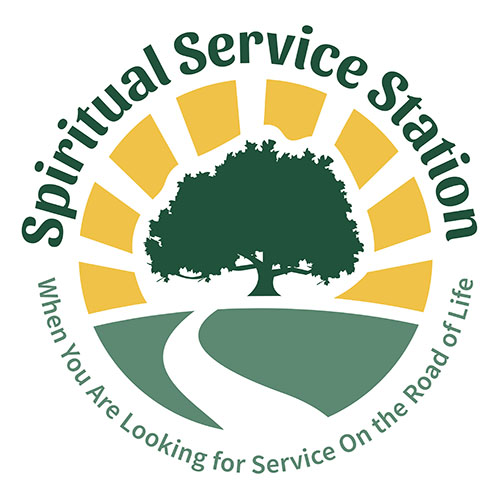A Quick Thought: An October Rediscovering of the Magic of Life on a Sacred Planet
I once had the pleasure of hearing North American Wiccan scholar, civil rights lawyer, and self-described witch, Phyllis Currott, speak over the course of a chilly Fall weekend in October. She has published several major works on the Wiccan traditions, including the seminal work The Book of Shadows in the early 1980’s (many reprints available) which Kirkus Review called “an engaging memoir of magic and rediscovery.” Ms. Currott practices a particular tradition of Wicca, which she describes as a Western Shamanic Wicca influenced by late 20th Century feminist, Euro-American and African American revivalism. This includes a mixture of “fertile crescent, Native American, Celtic and Anglo Saxon” nature-centric belief and ritual systems. This is not your neighborhood witches’ coven version of Wicca.
Ms. Currott is incredibly knowledgeable about the history and theology of nature-based indigenous religions. She spoke mainly about the evolution of her brand of modern shamanic Wicca as it is practiced in the US today. The principal tenet of this Wicca is that all created things – people, animals, rocks, trees, soil, plants – are imbued with the divine Spirit, and therefore may be anthropomorphized and worshipped as a deity. This means all creatures and things may be thought of as sacred beings with which we may engage, and by doing so, obtain a better knowledge of the divine. The ideal sought after is to come into harmony with oneself and the earth, and therefore to emerge as the fully divine embodiment of whoever you are meant to be. If it sounds a bit esoteric, it is because that is how she presents it!
The weekend was peppered with several experiential exercises, the best of these being a Sabbath ritual which brought together many of the elements she had her audience produce over the course of the two days (e.g., our “elemental blessings,” a type of gratitude prayer that recognizes the Spirit within a creature, object or person). The most impactful moments were the casting of a circle, which brought together many familiar elements of the major wisdom traditions with indigenous practices. I have to tell you, this taste of the Wiccan made me search for and buy her aforementioned book (a three-hundred-page tome available used on Amazon for an affordable two dollars and change).
“I reclaim the power of Wisdom and I covenant to use it in Service,” begins the Wiccan Sabbath prayer, and an elaborate altar set with wreaths, fruit, water, earth and fire set the stage for several rites, including ablutions (ritual cleansings), forgiveness, offerings, requests, and “casting hand to hand,” (an energized passing of the peace). The rite concluded with a final blessing. The symbols were universal, and it was not lost on this former altar boy that the format followed the basic outline of the Catholic Mass.
The Wiccans in North America are very much centered on the Divine Feminine and attract a diverse membership. There are rites of initiation one must pass to join as a full member, following a formal course of study. Ms. Currott stressed that Wiccan teaches, and members must pledge, that all magic and spells are to be used only for good. There were also many parallels to Native American and Celtic religions, such as Shamanic journeying, the belief in spirit guides and animal guides, and the profound respect for the Earth and the Mother of All Creation. These are all reminiscent of other indigenous faiths, but with a particular modern American spin (e.g., “Girl power,” modern feminism, and even progressive politics, were all thrown in for good measure). This was delightfully unexpected and made for an interesting and spiritually robust weekend. As the sun set on the final brisk Autumn night of the workshop, the planet seemed alive indeed, and somehow magically transformed by Spirit.
For more information on Wicca and the North American Wiccan movement, see Phyllis Curott’s You Tube series “What is Wicca?”, and be sure to visit phylliscurott.com .

